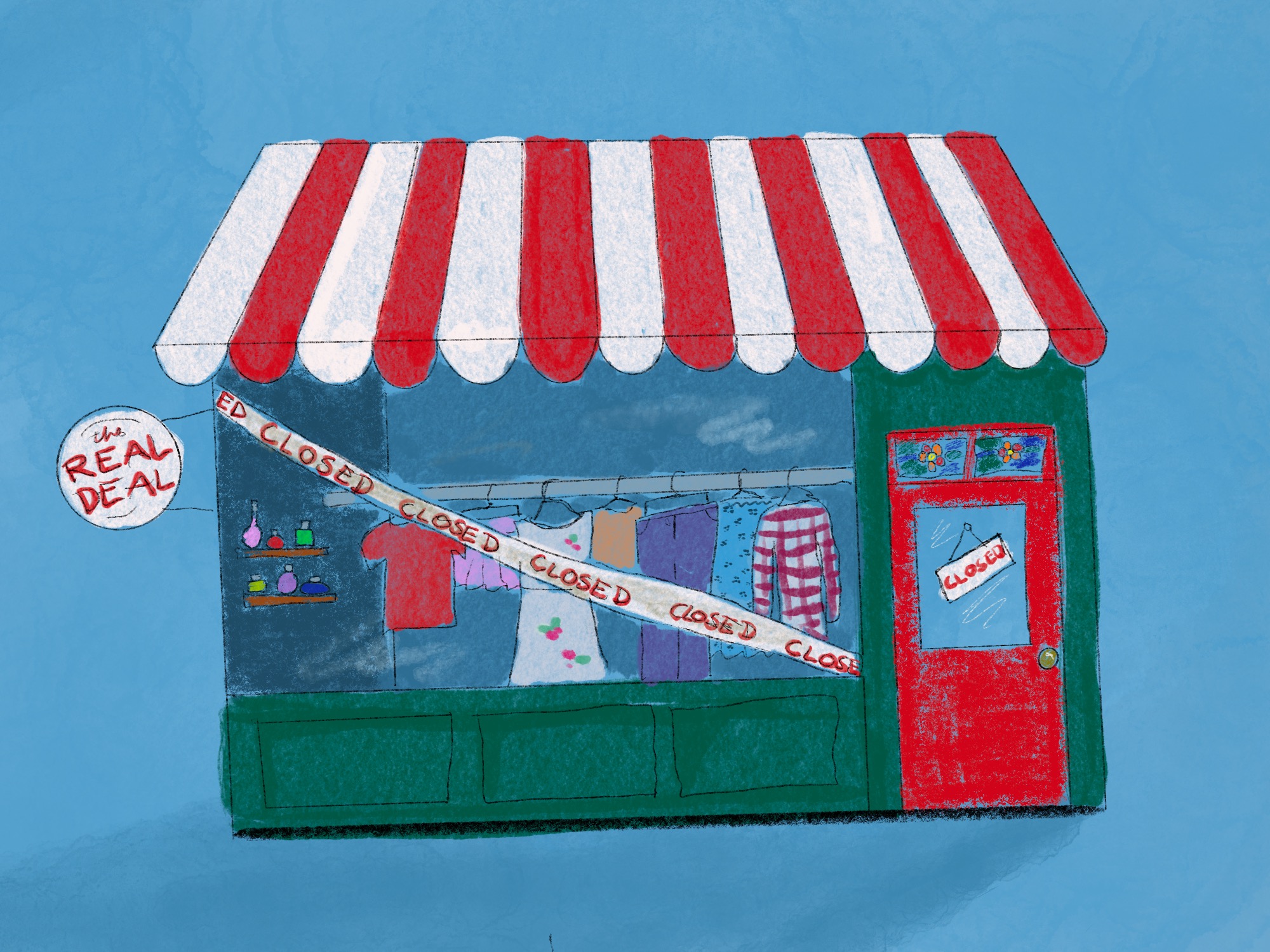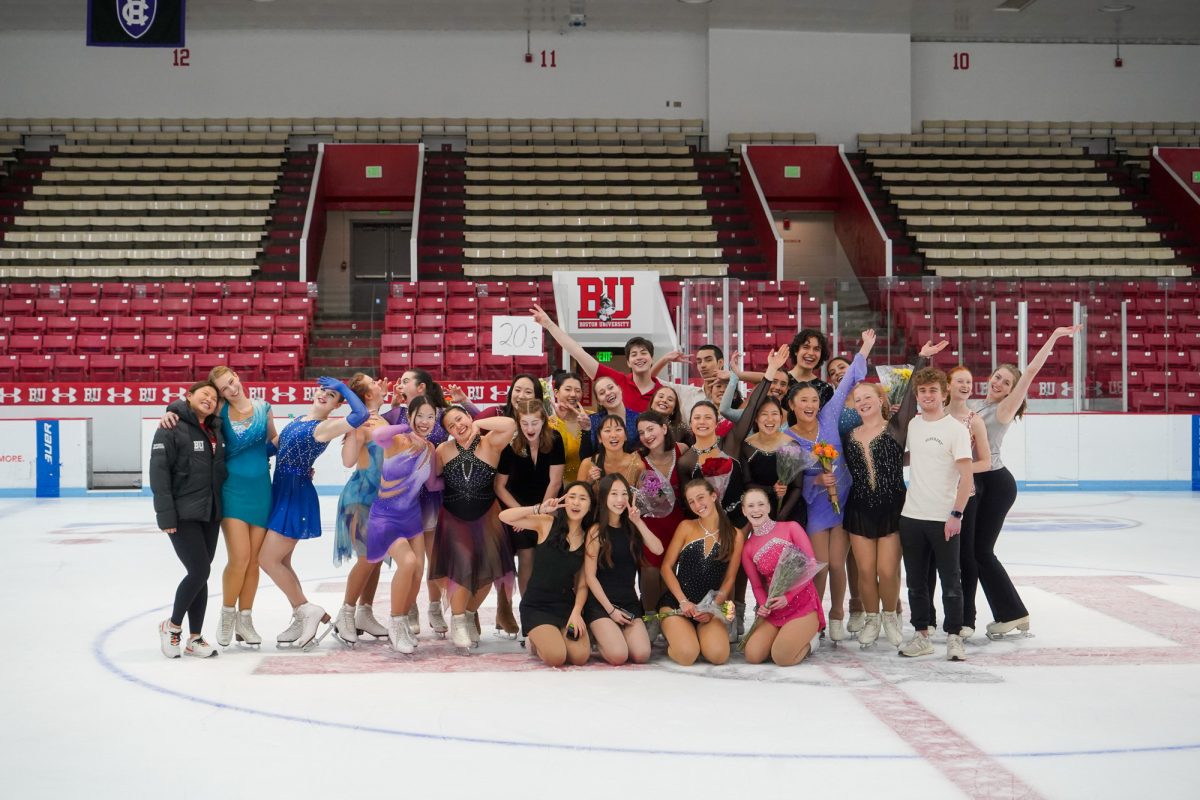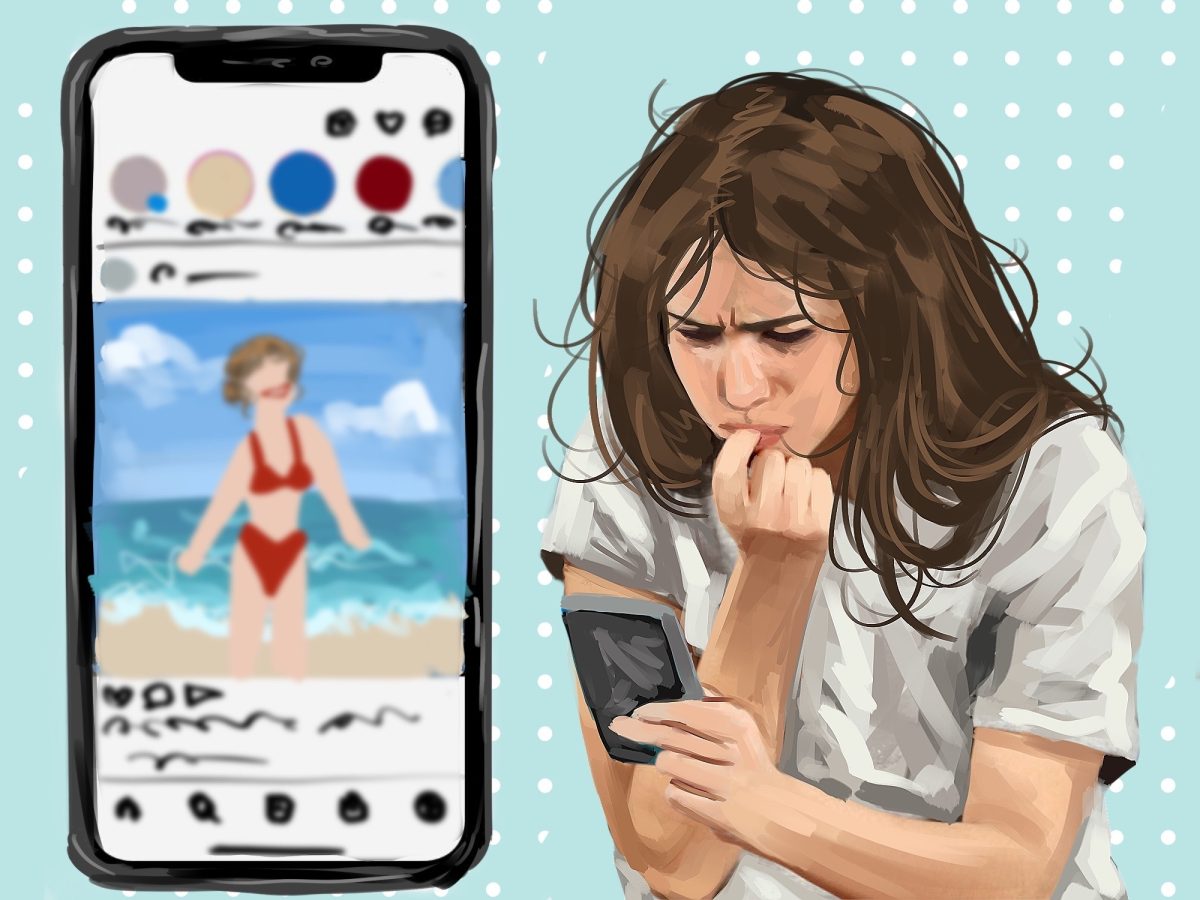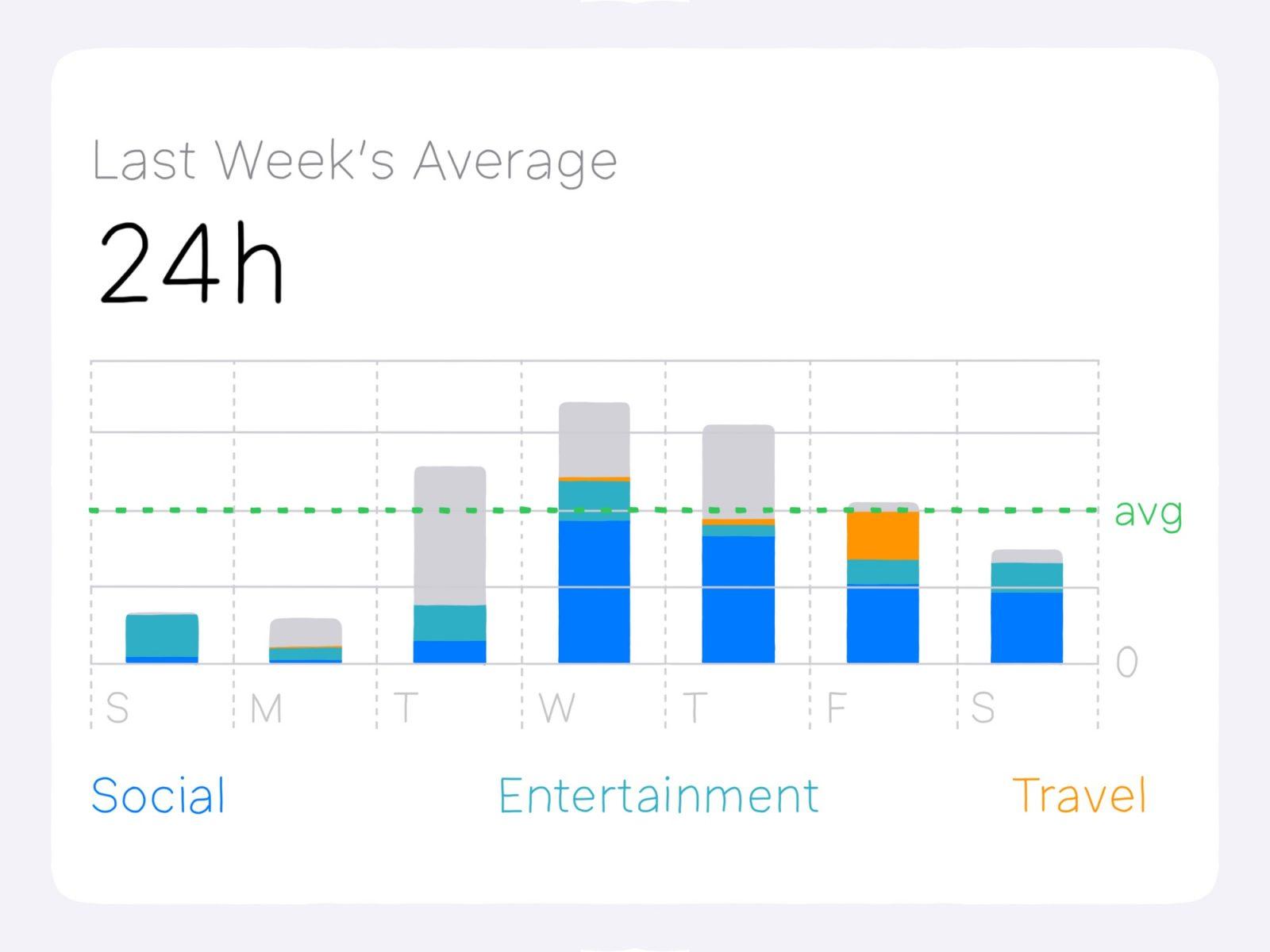The virality of products has increasingly become a vice in a society where the line between product endorsements and actually effective goods is blurry. Instagram, TikTok and even physical magazines have become littered with sponsored content or advertisements, leaving consumers questioning whether the endorser loves the product or the paycheck.
But, are these viral products really that much more spectacular than cheaper alternatives? Is there really any validity to these viral products being more exceptional than other products on the market?

The answer is no. These goods are simply the product of PR teams and thousands of dollars funneled to micro- and macro-influencers. Money sells.
The majority of these products, that inevitably go “viral” given the massive following of the promoters, are “dupes.”
What is a dupe? Short for duplication, dupes are imitations or copies of popular, expensive goods. Dupe culture, powered by the rise of social media, encourages achieving the look you want with an even more attractive price tag.
Gen Z is pioneering this culture, with 49% of the population intentionally purchasing a dupe of a “premium product,” followed closely by 44% of millennials, according to CNBC.
The success of dupes can be attributed to the desire for status symbols, achieving the look of one’s favorite influencer, all while upholding the appearance of a particular lifestyle.
The unattainability of luxury brands, for many, makes duped products that much more alluring.
Fast fashion brands have begun to follow this trend, manufacturing products that model designer brands. Kim Kardashian’s shapewear brand, SKIMS, has fallen prey to the rise of dupe culture. Many are willing to sacrifice quality for a cheaper alternative at the moment. Reader’s Digest reported on a SKIMS dupe offered on Amazon, fitted with 24 colors and a price tag cut in half.
Golden Goose, an Italian sneaker brand, has received their fair share of duped products, most notably from Goodnight Macaroon, a boutique fashion company. The price difference is remarkable: $545 to $94. Now of course, Goodnight Macaroon is not donned with the GG letters but at first glance, the two could be mistaken for one another.
A glance is all one needs, right? With the prominence of social media in fashion culture today, anyone can make a product seem like something it is not, all for the appearance of wealth and status.
Many give a pass to designer-brand imitations given their inaccessibility. However, small businesses have also fallen victim to design copies and cost competition. Handmade clothing brand MaisonCléo and independent designer Bailey Prado are just two of many designers who have had pieces copied by fast fashion conglomerates like Shein.
With fashion and clothing being unprotected by U.S. copyright laws, design imitations have grown increasingly prominent in the market today. As these dupes continue to saturate the market, the value of design and craftsmanship is rapidly decreasing. A designer’s dream to have their pieces debuted and “go viral” has now become a fearful process of being duped by a major manufacturer and suffering the consequences of being overlooked.
Dupe culture is exploiting the work of small businesses, placing an emphasis on quantity over quality and discounting the creativity and individuality behind products today. Without the ability to counter low prices from brands like Zara, Shein or Temu, all attempts to price-compete seem futile.
The success of brands such as Shein and Temu are fueling many corporations’ desire to join in on this culture and expanding the ever-growing fast fashion industry.
What are we sacrificing by feeding into dupe culture? The hard work of small businesses, the sustainability of our goods, the eradication of fast fashion … all for saving a bit of money?

























































































































